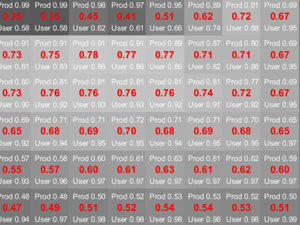
Krupiński M., Lewiński S., Malinowski R. (2019), One class SVM for building detection on Sentinel-2 images, Proc. SPIE
Human population has reached 7.7 billion in year 2019. According to the forecasts of world population projections it may reach 8 billion in 2023. This growth indicates inter alia increased demand for housing. Monitoring
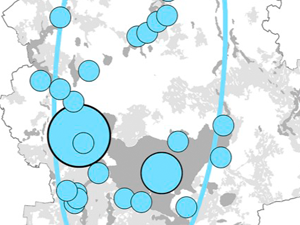
Derek M., Woźniak E., Kulczyk S. (2019), Clustering nature-based tourists by activity. Social, economic and spatial dimensions, Tourism Management
This study develops a typology of tourists visiting a nature-based destination as a function of outdoor activities. It then identifies social, economic and spatial differences between them. A cluster analysis is applied to survey
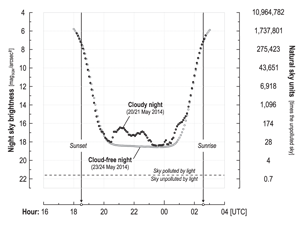
Kotarba A. Z., Chacewicz S., Żmudzka E. (2019), Night sky photometry over Warsaw (Poland) evaluated simultaneously with surface-based and satellite-based cloud observations, Journal of Quantitative Spectroscopy & Radiative Transfer
Light pollution is a widely distributed form of anthropogenic pollution that threatens both biodiversity and human health. One of the most popular indicators is known as night sky brightness (NSB), mea- sured with photometric

MaiL – Identifying Marginal Lands in Europe and strengthening their contribution potentialities in a CO2 sequestration strategy. Globalne zmiany klimatu są problemem światowym, a sposoby radzenia sobie z nimi stały się nawet jednym z

SATMIROL
SATMIROL project aims to solve the problems faced by agricultural statistics and recipients of agricultural statistics by: development of methods based on satellite data from the European COPERNICUS program for: the identification and monitoring
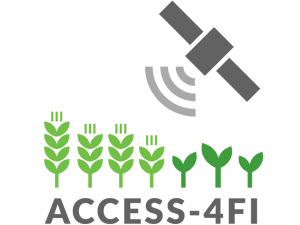
ACCESS-4FI
ACCESS-4FI – Automated Crop Classification and yield Estimation online ServiceS for Food Industry. This project addresses the challenge of quantification and annual monitoring of the agricultural production, as seen from the perspective of different
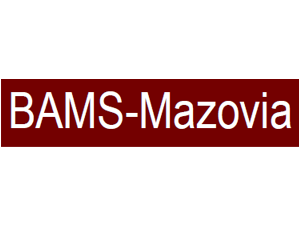
BAMS-Mazovia
The main goal of the BAMS-Mazovia (Build-up Areas Monitoring Service for Mazovia) project is to develop a service platform that would provide reliable information on changes occuring within built-up areas. The service will be
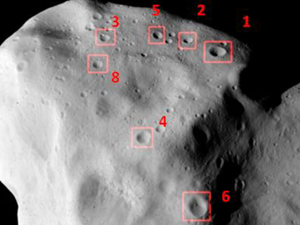
Jenerowicz M., Banaszkiewicz M. (2018), Asteroid (21) Lutetia: Semi-Automatic Impact Craters Detection and Classification. Int. Arch. Photogramm. Remote Sens., doi:10.5194/isprs-archives-XLII-2-479-2018
The need to develop an automated method, independent of lighting and surface conditions, for the identification and measurement of impact craters, as well as the creation of a reliable and efficient tool, has become
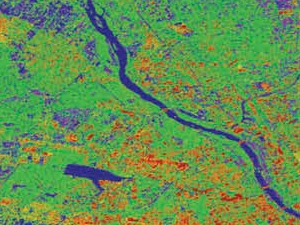
Woźniak E., Kofman W., Lewiński S., Wajer P., Rybicki M., Aleksandrowicz S., Włodarkiewicz A. (2018), Multi-temporal polarimetry in land-cover classification. International Journal of Remote Sensing, doi:10.1080/01431161.2018.1483084
This study uses time-series Sentinel-1(S-1) synthetic aperture radar images to evaluate the impact of multi-temporal polarimetric processing on land-cover classification. Various polarimetric processing methods are applied to multi-temporal S-1 data set in order to
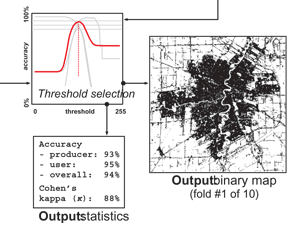
Kotarba A.Z., Nowakowski A. (2018), Impact of snow cover on impervious surface detection. International Journal of Remote Sensing, doi:10.1080/01431161.2018.1475775
Traditionally, snow cover has been seen as an obstacle to landcover classification and impervious surface detection based on remote sensing. However, snow cover increases the spectral contrast between impermeable surfaces and other land-use types.
 Wersja polska
Wersja polska English version
English version